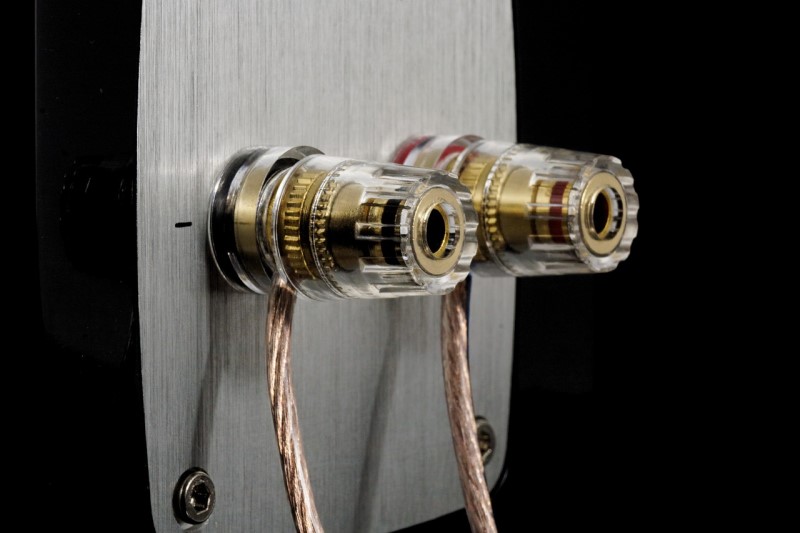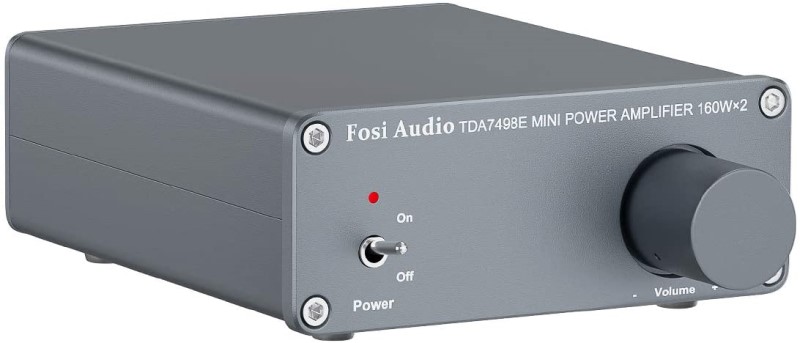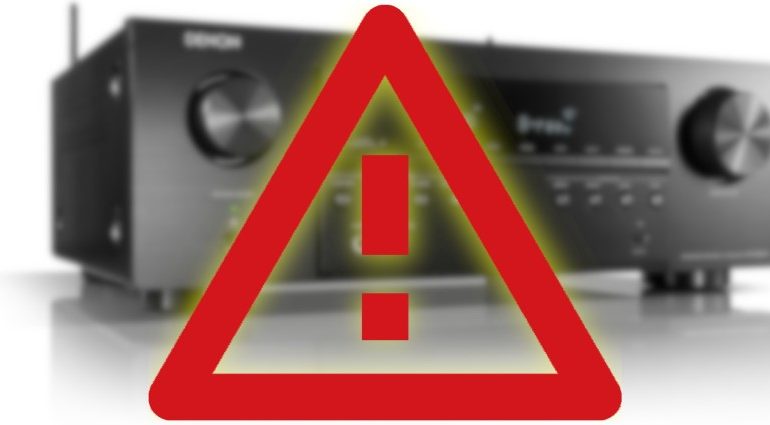Repeated Test Tones and Phase Errors: When Your Room Correction Fails
We’ve talked a lot about the joys and benefits of room correction programs. That said, room correction programs don’t always go right. People run the program on their AV receivers and get all sorts of errors. So, what are the common errors, why might you be getting them, and how do you address them? We discuss what to do when your room correction program fails.
Speakers Out of Phase Message
One of the most common errors you’ll get when running your room correction is out-of-phase notices. This isn’t so much a fail from your room correction as it is a nuisance. With all the room correction programs we’ve used, you can bypass this message and continue with the program. But what does it mean?
Well, let’s start with when it happens. The room correction program will start and play a tone through each speaker. This will be used to detect that there is actually a speaker connected to the AV receiver. It will also use this tone to set the distance and trim level for each speaker. Lastly, the speaker’s phase will be measured. In the simplest terms, when the AV receiver sends a signal to the speaker, it expects the drivers to move out all at the same time. If you’ve reversed the wiring (from the AV receiver to the speakers), the drivers will pull in when the AV receiver sends a signal to push out. We have a longer article on it here.

Troubleshooting Speaker Phase
Obviously, the first step is to check the wiring. The red terminal on the back of the AV receiver should be wired directly to the red terminal on the back of the speaker. The same for the black terminals. And when we say check the wiring, we mean ALL the wiring. If you’ve run some of your wire in the wall, you need to check behind your wall plates and make sure nothing is switched back there. Similarly with in-wall and in-ceiling speakers. You’ll need to pull them and check the wiring.
If you’ve checked, double-checked, and triple-checked the wiring and you are SURE it is correct…check one more time. Once you are positive, you can probably ignore this warning. Out-of-phase errors are usually caused by room reflections. Hard and flat surfaces in your room reflect sound like a mirror does with light. The reflections are picked up by the microphone and detected as the speaker being out of phase. You can ignore it and continue with the rest of the room correction measurements.
Double Checking Phase
There is a very rare possibility that you have all the wiring correct but your speaker is still out of phase. How? It could have its internal wiring swapped. It is unlikely, but we have seen it happen. If you suspect this is the case, take the speaker that is getting the out-of-phase error and hook it up to your front left or right speaker cables (if it isn’t already there). Then play some stereo music out of your system. It doesn’t matter what. If the speaker is out of phase, you will not be able to detect a clear center image (the vocalist should sound like they are singing from between the two speakers).
If you hear that center image, the room correction simply failed to recognize that it was measuring a reflection in your room. Time to add some room treatments to your room! If you can’t detect a center image, or everything sounds like it is coming from one side of the room or from inside your head, swap the red and black wires. No, it won’t blow up your speakers. If you can now detect a center image, your speakers were internally wired wrong.
No Test Tones Played
As the room correction program begins, you’ll hear tones played out of each speaker. After, there will be many more tones that will be played with the program asking you to move the microphone to different locations. Sometimes, no tone will be played out of one or more of your speakers.
There are a couple of reasons why this may happen. Normally, you have to tell the AV receiver what speakers you have in your system. If you haven’t done this properly (and it gets more complicated if you’ve added an external amplifier to your system), the AV receiver won’t know about some of your speakers. Thus, no test tones.
But there are other reasons. If you’ve added an external amplifier (or the subwoofer is not playing the tone), you could have forgotten to turn the amplifier on. If the amp has volume control, the level could be too low. You should also re-check your wiring (this is a common cause of most home theater issues).

There is one other possible problem, and it isn’t a good one. If you’ve double-checked your wiring, settings, and all other possible culprits, the AV receiver could be faulty. If you suspect the AV receiver is the cause of your room correction fail, then you’ll want to contact the manufacturer. They’ll want to know if you did all the stuff we said above. They’ll walk you through all their standard troubleshooting protocols. If it is the AV receiver and it is still under warranty, you’ll likely have to send it in for repairs.
Repeated Test Tones
If you’ve never dealt with a room correction program before, repeated test tones don’t really seem like a fail as much as just part of the process. Most room correction programs will put out a sweep or a couple of chirps in a group. That is normal. But if it does that, then pauses, and does it again, you’ve got a problem. Usually, at this point it will loop a few times before giving you an error message. Fortunately, it isn’t an expensive fix.
In this case, what you probably have is a faulty microphone. The microphone that came with your AV receiver isn’t terribly expensive or of the highest quality. It isn’t uncommon to get one that is broken out of the box. The repeated test tones is the room correction program failing to “hear” the sounds because of the faulty microphone.

The solution is to contact the manufacturer and get a replacement. Yes, you could just buy one off of the Internet, but these microphones aren’t as interchangeable as you’d think. Because they are of such low quality, the AV receiver adjusts the measurements based on known inaccuracies. While you could just grab another microphone that looks the same, it is better to get one from the manufacturer that is a cousin to the broken mic. The exception, of course, is Dirac Live where you can use a laptop and your own microphone.
Wrap Up
Room correction programs don’t fail often, but when they do it can be quite frustrating. We’ve run through some of the common ways they fail and what to do. Have you had issues with your room correction program? What was it and how did you fix it? Let us know in the comments!


